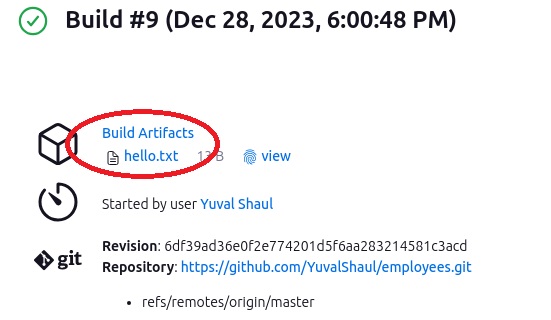Pipelines Primer 2
Let's add some scm (source control management) abilities to our pipelines.
SCM
- We can add one more stage to the pipeline created in the previous post that will be used to clone a git repository
- I'll be using checkout: Check out from version control (that has more options than git:Git)
- Using the Pipeline Syntax tool (click on it under the pipeline edit window):
- Use https and not git protocol for a public repository (we'll cover authentication to github in a later post)
- Make sure you check the correct branch (it was main for me, not master)
- Here is the added code (created using the Pipeline Syntax as before):
1stage('build'){
2 steps{
3 checkout scmGit(branches: [[name: '*/main']], extensions: [], userRemoteConfigs: [[url: 'https://github.com/YuvalShaul/files.git']])
4 }
5 }
- Looking at the build output, we can discover the directory where the remote repository was copied to:
1Cloning repository https://github.com/YuvalShaul/employees.git
2> git init /var/jenkins_home/workspace/pipe2 # timeout=10
- You can exec into the jenkins container and see the code there.
archiveArtifacts
- Jenkins can store artifacts built "inside" the build itself
- I have changed the echo 'hello world!' (which is not a shell script but a pipelines command of its own) to a shell command that redirects the output into a text file.
Then, added a post step to archive that file:
1stages {
2 ...
3 stage('Hello') {
4 steps {
5 sh 'echo \'hello world!\' > hello.txt'
6 sh 'echo $((PAR1 + PAR2))'
7 }
8 }
9 stage('build'){
10 steps{
11 checkout scmGit(branches: [[name: '*/master']], extensions: [], userRemoteConfigs: [[url: 'https://github.com/YuvalShaul/employees.git']])
12 }
13 }
14 stage('post'){
15 steps{
16 archiveArtifacts artifacts: 'hello.txt', followSymlinks: false
17 }
18 }
19 }
- The result can be seen if you view the build:
